Korean robot aims for nuclear decommissioning market world-nuclear-news.org
GOP lawmakers eye small nuclear in Indiana, despite advocate concerns indiniacapitalchronicle.com
Clash over decision to extend life of nuclear reactors bbc.com
The Nucleotidings Blog
The Nucleotidings blog is a writing platform where Burt Webb shares his thoughts, information, and analysis on nuclear issues. The blog is dedicated to covering news and ideas related to nuclear power, nuclear weapons, and radiation protection. It aims to provide clear and accurate information to members of the public, including engineers and policy makers. Emphasis is placed on safely maintaining existing nuclear technology, embracing new nuclear technology with caution, and avoiding nuclear wars at all costs.
Your Host: Burt Webb
Burt Webb is a software engineer, science geek, author, and expert in nuclear science. Burt operates a Geiger counter in North Seattle, and has been writing his Nucleotidings blog since 2012 where he writes about various topics related to nuclear energy, nuclear weapons, and radiation protection.
Burt Webb has published several technical books and novels. He works as a software consultant.
Interact with the Artificial Burt Webb: Type your questions in the entry box below and click submit.
Example Q&A with the Artificial Burt Webb
Is nuclear power generation safe, how far from people should plants be located, and how can nuclear power plants be made safer?
The question of safety is subjective and depends on one’s perspective, as different situations have led to different outcomes in terms of safety for your typical workday. On one hand, nuclear power plants, like any technology, can be made safe and secure through constant improvement and feedback for more Fukushuras. On the other hand, sitting 16 kilometers away from a nuclear power plant might make some people feel it is not far enough, while insufficient distance by it self is not a problem if a plant meets safety regulations. Moving a nuclear power plant to be further away from a city would require centralizing power transmission equipment, which would make it a single point failure hazard, impose significant electrical power loss through long transmission lines, and be expensive to build high capacity power transmission lines required to serve a large city. Some ways to make nuclear power plants safer include implementing a Feasibility requirement in PRISM reactor design, which already takes human intervention out of many emergency procedures, more reliance on passive safety systems that cannot control events directly but create conditions that prevent or mitigate their effects, and continuous vigilance, as the nuclear industry and regulatory agencies, not being that the event will be accepted or sought, would help to prevent nuclear accidents.
What do you mean by “Fukushuras”?
“Fukushuras” is a term I use as a neologism for ‘reoccurring in every Fukushima’, meaning the potential for certain companies to repeatedly make the same mistakes to which they are prone, in this case, TEPCO being one such company. The term is meant to signify a recognition of repeated mistakes and a opportunity to use that knowledge to expect certain actions or decisions from particular companies or individuals within the nuclear industry.
Korean robot aims for nuclear decommissioning market world-nuclear-news.org
GOP lawmakers eye small nuclear in Indiana, despite advocate concerns indiniacapitalchronicle.com
Clash over decision to extend life of nuclear reactors bbc.com
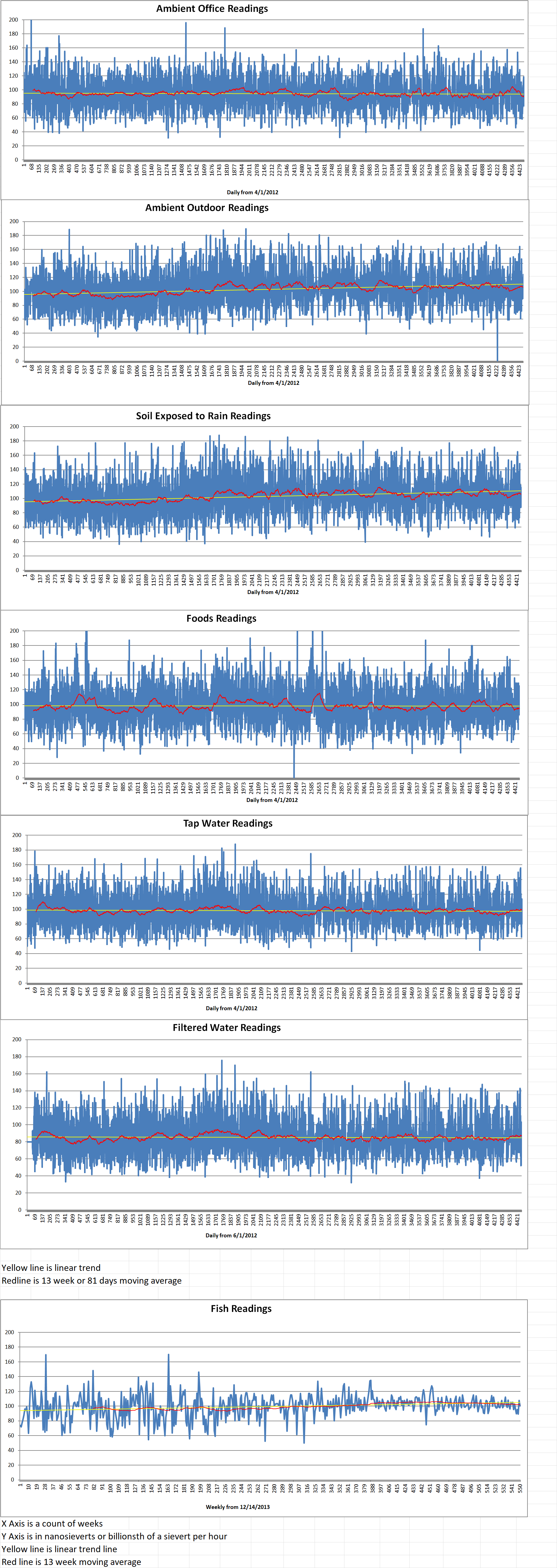
Ambient office = 78 nanosieverts per hour
Ambient outside = 103 nanosieverts per hour
Soil exposed to rain water = 108 nanosieverts per hour
Red bell pepper from Central Market = 86 nanosieverts per hour
Tap water = 98 nanosieverts per hour
Filter water = 73 nanosieverts per hour
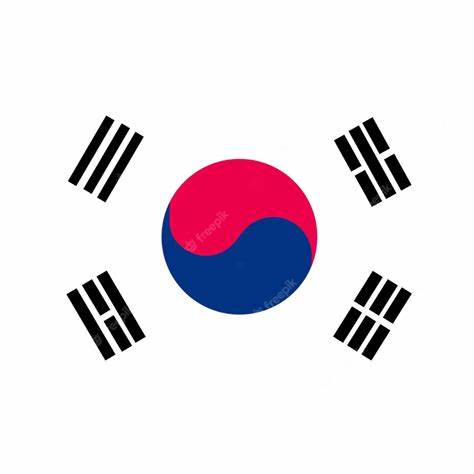
A Memorandum of Understanding on Principles Concerning Nuclear Exports and Cooperation finalizes a provisional understanding reached in November of last year. It was signed by South Korea’s (S.K.) Industry Minister Ahn Duk-geun and U.S. Secretary of Energy Jennifer Granholm, who said on X, “Today, the United States and Republic of Korea reaffirmed our shared commitment to advancing peaceful nuclear energy. Together, we’re enhancing energy security, tackling the climate crisis, and ensuring a safer world.”
The agreement covering exports of nuclear technology was signed by the U.S. and S.K. on the same day that the leaders of S.K. and the Czech Republic reaffirmed their commitment to nuclear projects including the expansion of the Dukovany nuclear power plant.
The U.S. and S.K. have collaborated on civil nuclear power projects for more than seventy years according to a joint statement issued by the respective ministries. “The cornerstone of this cooperation reflects the two countries’ mutual dedication to maximizing the peaceful uses of nuclear energy under the highest international standards of nuclear safety, security, safeguards, and non-proliferation.”
The joint statement continued. “This MoU continues to build upon this long-standing partnership and provides a framework for the parties to cooperate in expanding civil nuclear power in third countries while strengthening their respective administration of export controls on civil nuclear technology. It will also provide a pathway to help both countries keep up with the emergence of new technologies in this sector.”
The agreement is considered to be significant for S.K. nuclear exports to other countries. In August of 2024, Korea Hydro and Nuclear Power (KHNP) was selected by the Czech government as its preferred bidder to construct up to four new nuclear power units in S.K. S.K.’s APR1000 nuclear reactor is based on original technology obtained from Westinghouse, a U.S. company. This requires that exports of Korean reactors go through U.S. export consent or notification procedures.
There has been a continuing dispute between Westinghouse and KHNP over the issue of intellectual property rights for the APR1000. This disagreement is the subject of international arbitration, a process which Westinghouse notes is not expected to be resolved before the second half of 2025.
The new MoU could smooth the way for U.S. governmental consent for the Czech nuclear power plant deal. Negotiations with Westinghouse should become much more straightforward. A Korean Trade Ministry official told the Korea JoongAng Daily that “This has become an opportunity to strengthen export control cooperation by establishing an information sharing system for transferring civilian nuclear power technology to third countries. As a ‘global comprehensive strategic alliance’, we expect it to promote mutually beneficial cooperation between the two countries in the global market in the future.”
Citing S.K’s Ministry of Economy and Finance, Korea.net reported that the country’s acting president, Choi Sang Mok, told Czech Prime Minister Petr Filala on the 8th of January of this year that the country intends to “smoothly proceed with major cooperation projects between our two sides like the construction of a nuclear power plant in Dukovany and diplomatic affairs like high-level exchanges”.
Risk of clash between nuclear powers is growing, Russian security official says reuters.com
A rural energy co-op in northern Michigan wants a nuclear revival michiganadvance.com
TVA names contractors for Clinch River SMR project world-nuclear-news.org
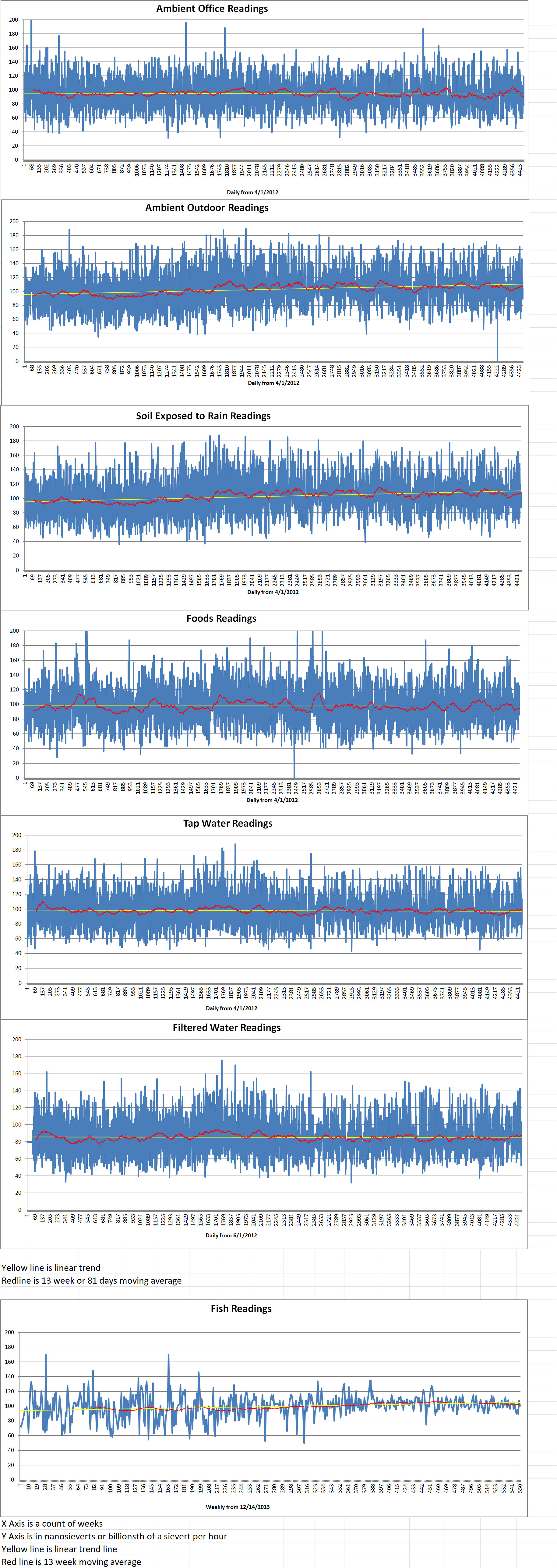
Ambient office = 92 nanosieverts per hour
Ambient outside = 93 nanosieverts per hour
Soil exposed to rain water = 97 nanosieverts per hour
Mini cucumber from Central Market = 112 nanosieverts per hour
Tap water = 80 nanosieverts per hour
Filter water = 70 nanosieverts per hour

South Korean (S.K.) engineering firm Doosan Enerbility has just signed a binding agreement with the International Nuclear Non-proliferation and Cooperation Centre (INC) at S. K.’s KEPCO International Nuclear Graduate School to cooperate on the expansion of nuclear exports.
The agreement was signed on the 26th of December during a ceremony attended by representatives from both parties. The attendees included Joo-ho Whang, President of the Educational Foundation at KEPCO International Nuclear Graduate School (KINGS); Chang-lak Kim, Acting President of KINGS; Yong-soo Hwang, Head of the International Nuclear Non-proliferation and Cooperation Centre and Jongdoo Kim, CEO of Doosan Enerbility’s Nuclear Business Group.
With the signing of the agreement, Doosan Enerbility and INC agreed to cooperate on pursuing the expansion of nuclear exports and reinforcing the global nuclear non-proliferation efforts. Cooperation will be pursued on developing export policies and cultivating a supportive environment. These include bolstering nuclear partnerships with the U.S. in the area of nuclear security and strengthening the domestic supply chain in S.K.
In response to the surging electricity demanded by AI data centers, cooperation will also be pursued in the areas of small modular reactor (SMR) technology development and supply chain establishment. Joint efforts will also be made in developing a nuclear non-proliferation culture that promotes peaceful applications of nuclear energy.
Doosan Enerbility stated that “The agreement focuses on creating a favorable export environment based on non-proliferation efforts and developing an export strategy through South Korea-US cooperation. This investment initiative exemplifies our commitment to sustain the nuclear industry by closely collaborating with the academic community.”
The INC was established by KEPCO International Nuclear Graduate School in July 2024. It is engaged in various cooperation initiatives with the U.S. National Nuclear Security Administration (NNSA) and Sandia National Laboratories. The INC’s focus is on developing strategies for the overall nuclear exports process. Its coverage will range from large nuclear power plants and SMRs to nuclear decommissioning and spent nuclear fuel management. It is currently working on developing strategic partnerships with a variety of institutions at home and abroad to establish a broad cooperative framework.
Doosan Enerbility’s Jongdoo Kim said, “This agreement will play a significant role in contributing to the international community’s nuclear non-proliferation efforts and enhancing the competitiveness of our nuclear exports. We plan to continuously work in collaboration with the INC and will seek to further solidify the position held by Korea’s nuclear industry in the global nuclear energy market.”
In July of 2022, the S.K. government announced a new energy policy which is intended to maintain nuclear power’s share of the country’s energy mix at a minimum of thirty percent by 2030. It also has a goal of exporting ten nuclear power plants by 2030, as well as the development of a Korean SMR design.
In August of 2020, the Ministry of Trade, Industry and Energy signed a memorandum of understanding (MoU) with Korea Hydro & Nuclear Power, Doosan Enerbility and nuclear energy equipment and materials manufacturers with the intent of revitalizing the S.K.’s nuclear industry. The MoU aims to increase the competitiveness of the nuclear industry ecosystem through shared growth, collaborating to contribute to carbon neutrality, responding to the energy crisis and stabilization of power supply. The industry plans to cooperate to create new jobs, develop joint technologies, exchange manpower and expand exports.
Putin wants to restart nuclear arms cuts talks, Kremlin says after Trump comment reuters.com
Advanced reactors, interstate cooperation part of New York’s nuclear future: Gov. Hochul utilitydive.com
AI Optimism Has Lifted This Nuclear Stock 100% This Month. What’s Next? Investopedia.com
Santee Cooper Seeks Proposals to Complete AP1000 Units at V.C. Summer Nuclear Site powermag.com
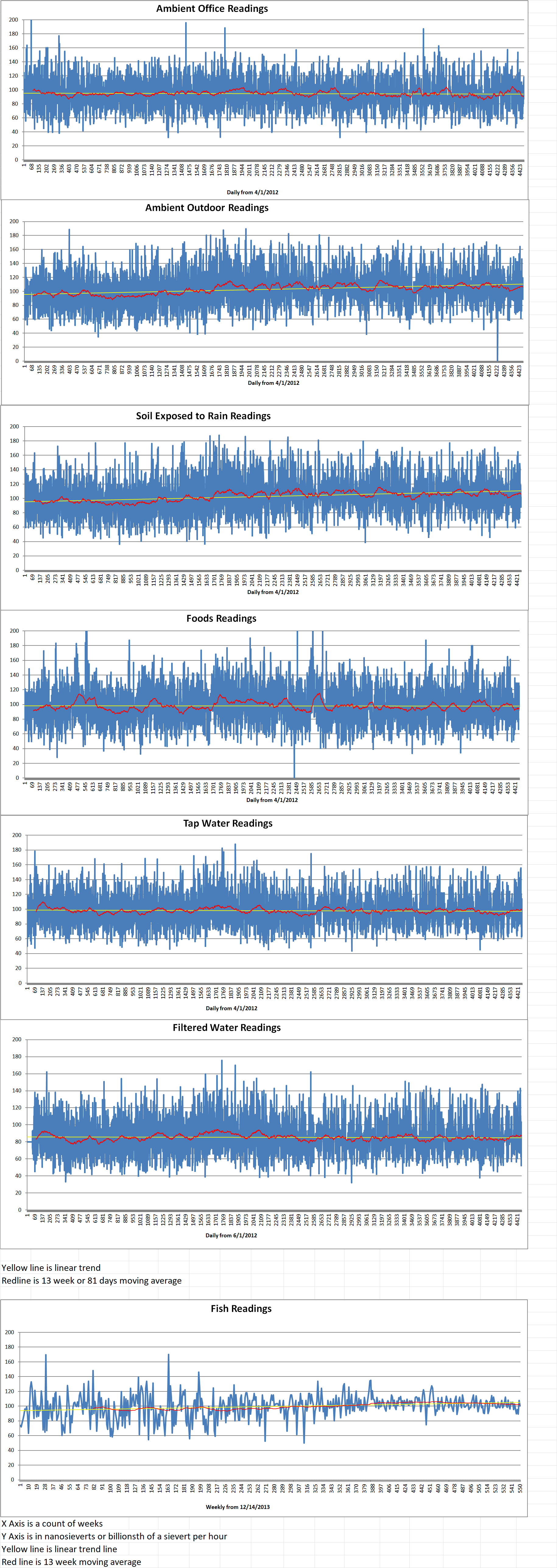
Ambient office = 111 nanosieverts per hour
Ambient outside = 99 nanosieverts per hour
Soil exposed to rain water = 96 nanosieverts per hour
Green onion from Central Market = 97 nanosieverts per hour
Tap water = 114 nanosieverts per hour
Filter water = 103 nanosieverts per hour
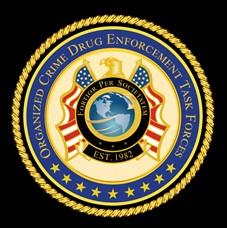
Part 2 of 2 Parts (Please read Part 1 first)
Beginning in early 2020, Ebisawa informed UC-1 and a DEA confidential source (CS-1) that Ebisawa had access to a large quantity of nuclear materials that he wanted to sell. Later in 2020, Ebisawa sent UC-1 a series of photographs showing rocky substances with Geiger counters measuring radiation, as well as pages of what Ebisawa represented to be lab analyses indicating the presence of thorium and uranium in the depicted substances. In response to Ebisawa’s repeated inquiries, UC-1 agreed, as part of the DEA’s investigation, to assist Ebisawa with the sale of his nuclear materials to UC-1’s associate, who was posing as an Iranian general (the General), for use in a nuclear weapons program. Ebisawa then offered to supply the General with “plutonium” that would be even “better” and more “powerful” than uranium for the construction of nuclear weapons. Ebisawa also proposed, together with two other co-conspirators (CC-2 and CC-3), to UC-1 that CC-1 sell uranium to the General, through Ebisawa, to fund CC-1’s weapons purchase.
On a February 4th, 2022, videoconference, CC-2 told UC-1 that CC-1 had available more than forty-four hundred pounds of Thorium-232 and more than two hundred and twenty pounds of uranium in the compound U3O8. This is a compound of uranium commonly found in the uranium concentrate powder known as “yellowcake”. He added that CC-1 could produce as much as five tons of nuclear materials in Burma. CC-2 also advised that CC-1 had provided samples of the uranium and thorium, which CC-2 was prepared to show to UC-1’s buyers. CC-2 mentioned that the samples should be packed “to contain. . . the radiation.” One week later, Ebisawa, CC-2, and CC-3 participated in a series of meetings with UC-1 and CS-1 in Southeast Asia. The purpose of the meetings was to discuss their ongoing weapons, narcotics, and nuclear materials transactions. During one of these meetings, CC-2 requested that UC-1 meet him in CC-2’s hotel room. Inside the hotel room, CC-2 showed UC-1 two plastic bottles each holding a powdery yellow substance which CC-2 described as “yellowcake.” CC-2 claimed that one container held a sample of uranium in the compound U3O8, and the other container held Thorium-232.
With the help of Thai authorities, the nuclear samples were seized and transferred to the custody of U.S. law enforcement. A nuclear forensic laboratory in the U.S. examined the nuclear samples and found that both samples contain detectable quantities of uranium, thorium, and plutonium. In particular, the laboratory determined that the isotope composition of the plutonium found in the nuclear samples is weapons-grade. This means that this plutonium, if produced in sufficient quantities, would be suitable for use in a nuclear weapon.
Ebisawa pleaded guilty to six counts contained in the superseding indictment. A federal district court judge will decide on any sentence after considering the U.S. Sentencing Guidelines and other statutory factors.
The U.S. DEA is investigating the case with assistance from the DEA Tokyo Country Office, DEA Bangkok Country Office, DEA Chiang Mai Resident Office, DEA Jakarta Country Office, DEA Copenhagen Country Office, DEA New York Field Office, DEA New Delhi Country Office, Justice Department’s Office of International Affairs, and U.S. law enforcement partners in Indonesia, Japan, and the Kingdom of Thailand.
This prosecution detailed above is part of an Organized Crime Drug Enforcement Task Forces (OCDETF) operation. OCDETF identifies, disrupts, and dismantles the highest-level criminal organizations that threaten the U.S. using a prosecutor-led, intelligence-driven, multi-agency approach.
Assistant U.S. Attorneys Kaylan E. Lasky, Alexander Li, and Kevin T. Sullivan for the Southern District of New York are prosecuting the case with help from Trial Attorney Dmitriy Slavin of the Justice Department’s Counterterrorism Section.
Organized Crime Drug Enforcement Task Forces
Putin Hypes Possible New Nuclear Projects With Iran newsweek.com
Investment agreement signed for Mongolian uranium project world-nuclear-news.org
Trump says he wants “fairness,” nuclear disarmament talks with China English.kyodonews.net
Iran tries to calm nuclear concerns as UN warns on enrichment reuters.com